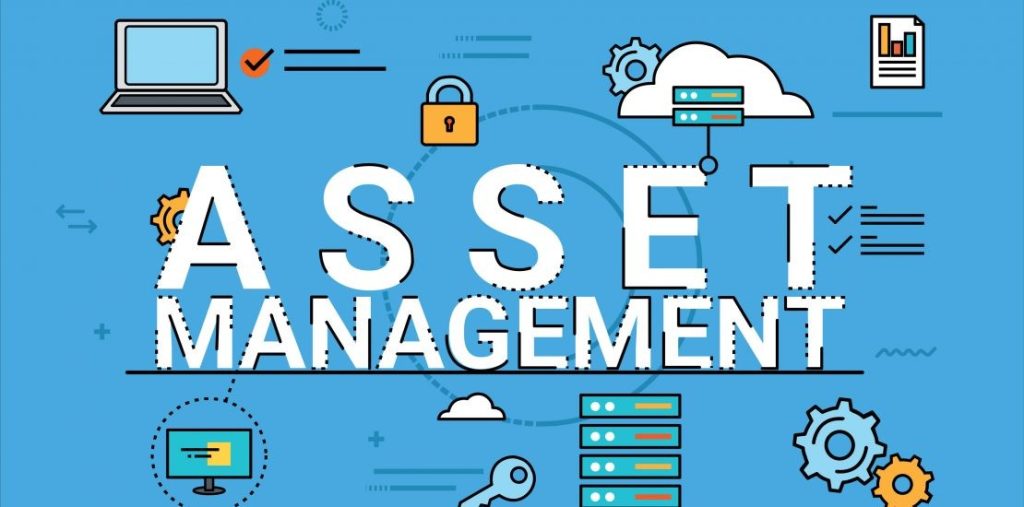What Is Server Decommissioning? Important Facts You Should Know

Server decommissioning has become increasingly crucial because of servers’ short-lived periods. Today, where innovation is a constant component of the globe, the lifecycle of servers is relatively short. As businesses need to upgrade their hardware and migrate to more advanced systems, the necessity for server decommissioning becomes binding. Server decommissioning refers to the system of retiring or casting off servers from a network, and it concerns a series of vital steps to ensure data safety, environmental responsibility, and compliance with regulations.
In this article, we will inform you about what server decommissioning is and some important facts about it.
What is Server Decommissioning?
Server decommissioning refers to the procedure of systematically retreating or disposing of servers from a network or statistics centre. This operation is a necessary part of IT lifecycle management. Moreover, it entails a chain of steps to ensure that the decommissioned servers are handled properly and as they should be. The primary objectives of server decommissioning are to deal with problems related to records protection, environmental commitment, and compliance with regulations.
Facts You Should Know About Server Decommissioning
You should know some amazing and interesting facts about server decommissioning to use it better. Here, you will get to know some amazing facts about server decommissioning:
Reasons for Server Decommissioning
Servers are decommissioned for various reasons, outdated related to the technology being a primary factor. As hardware and software evolve, older servers may become incompatible or inefficient in fulfilling business requirements. Moreover, mergers, investments, or changes in business strategy may lead to the confederation of data centres. This also necessitates the decommissioning of incompatible servers.
Data Security Concerns
Possibly, the most important aspect of server decommissioning is data security. Servers often possess sensitive and confidential information, but improper decommissioning may lead to data breaches because of their credible issues. The process should include thorough data sanitization or destruction to ensure that no residual data is left on the decommissioned servers. Further, this involves securely erasing data or physically destroying storage devices of systems.
Environmental Impact
The responsible disposal of decommissioned servers is crucial for reducing environmental impact. Servers often contain unstable materials, such as heavy metals and electronic components, which may be harmful if not disposed of properly. Companies should adhere to environmental restrictions and opt for recycling methods that underestimate waste and promote sustainability. This will reduce the burden on employees and also increase the productivity of the company.
Compliance and Legal Considerations
Various industries are subject to specific regulations regarding data protection and disposal. Server decommissioning needs to comply with these regulations to avoid legal consequences and prevent your business from any illegal activity. This includes adherence to data protection laws and industry-specific compliance standards. Further, it is essential to follow environmental regulations governing electronic waste disposal.
Documentation and Asset Tracking
You should conduct thorough documentation of the server decommissioning process because it is an essential component. This includes creating an inventory of decommissioned servers and detailing the data sanitization or destruction methods employed. Moreover, it contains a recording of the disposal or recycling process. Proper documentation not only ensures transparency but also aids in compliance audits. This will provide a guarantee that your business will surpass the server easily.


Risk Mitigation
Server decommissioning involves inherent risks, and corporations must implement strategies to mitigate them. This involves assessing potential security vulnerabilities and developing a comprehensive decommissioning plan. Further, it includes involving IT professionals who specialize in data security to oversee the process. This will make sure that the process will keep going in an accurate and efficient manner.
Employee Training
The success of server decommissioning relies heavily on the competence of the personnel involved. Proper training for IT staff and other relevant employees is crucial to ensure that the decommissioning process is carried out effectively. It is also necessary to confirm that the process is completed in accordance with best practices. This training should cover data security protocols, environmental considerations, and compliance requirements.
Cost Considerations
While server decommissioning is a necessary process, companies also need to consider the associated costs. This includes expenses related to data sanitization tools, recycling services, and potential downtime during the decommissioning process. You should balance the costs with the benefits of upgrading to acquire server decommissioning more efficiently. Moreover, it has an essential and fundamental approach to strategic and correct decision-making.
Future-Proofing Strategies
To decrease the frequency of server decommissioning, businesses should adopt future-proofing strategies when implementing new IT infrastructure. This involves choosing scalable and adaptable technologies that are capable of accommodating future growth and changes in technology without requiring frequent hardware upgrades.
Conclusion
Server decommissioning is an integral aspect of maintaining a secure, efficient, and environmentally responsible infrastructure. It is also essential for you to understand the critical factors involved in this process, from data security to compliance and environmental impact. Moreover, it is fundamental for corporations seeking to navigate the complexities of technology transitions. By prioritizing best practices and embracing future-proofing strategies, you are able to make sure that server decommissioning becomes a seamless and well-managed aspect of their IT lifecycle. In this way, you will arrive as an authority in your niche and establish your business.





